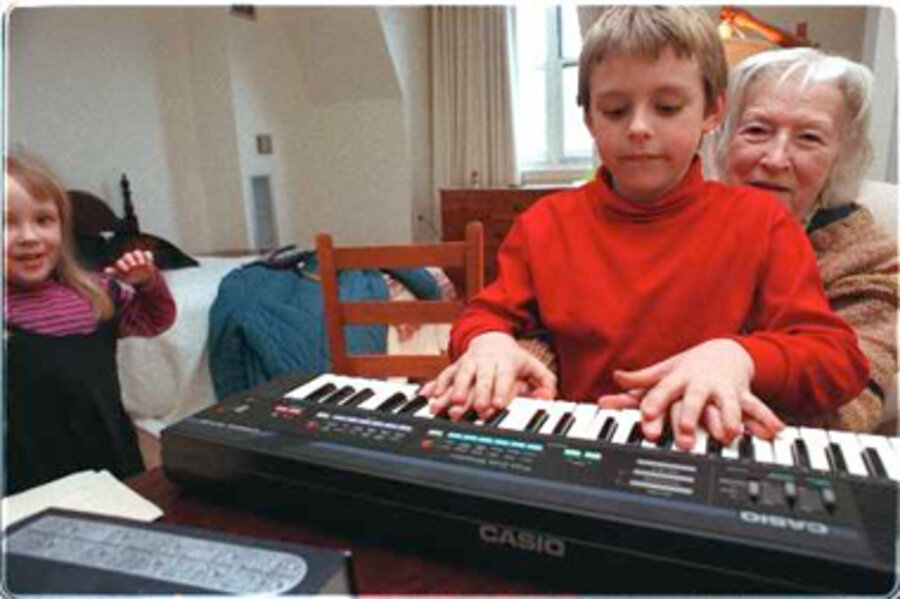The US Census Survey of Income and Program Participation (SIPP) shows there are almost twice as many children aged five and younger cared for by relatives than by day care centers and nursery schools combined. It found that some 4.6 million children under age five have regular childcare arrangements with a grandparent. (Another 7 million get care from siblings or other relatives, or employed parents who trade off while the other works.) And half of these grandparents take care of their grandchildren for more than 12 hours a week, the National Association of Child Care Resource & Referral Agencies found in a 2008 study.
COST: Generally free. (Only 19 percent of families with children age six and younger who receive grandparent care pay for it, according to a research brief by the organization Child Trends.)
PROS: Who better than Grandma to love your little one almost as much as you?
CONS: Are your child’s grandparents physically up to the task? Chasing a toddler is hard; it’s important for everyone involved to be realistic about what grandparents can and can’t do. Are they willing to embrace your childcare priorities and safety standards, or will discussions about car seat usage, say, cause battles – or fall on deaf ears? (A study last year in the journal Pediatrics found that 25 percent of kids driving with grandparents were not in car seats – although they also found that children riding with grandparents were less likely to be hurt in an accident.) Will having grandparents care for your children cause tension in the family?







